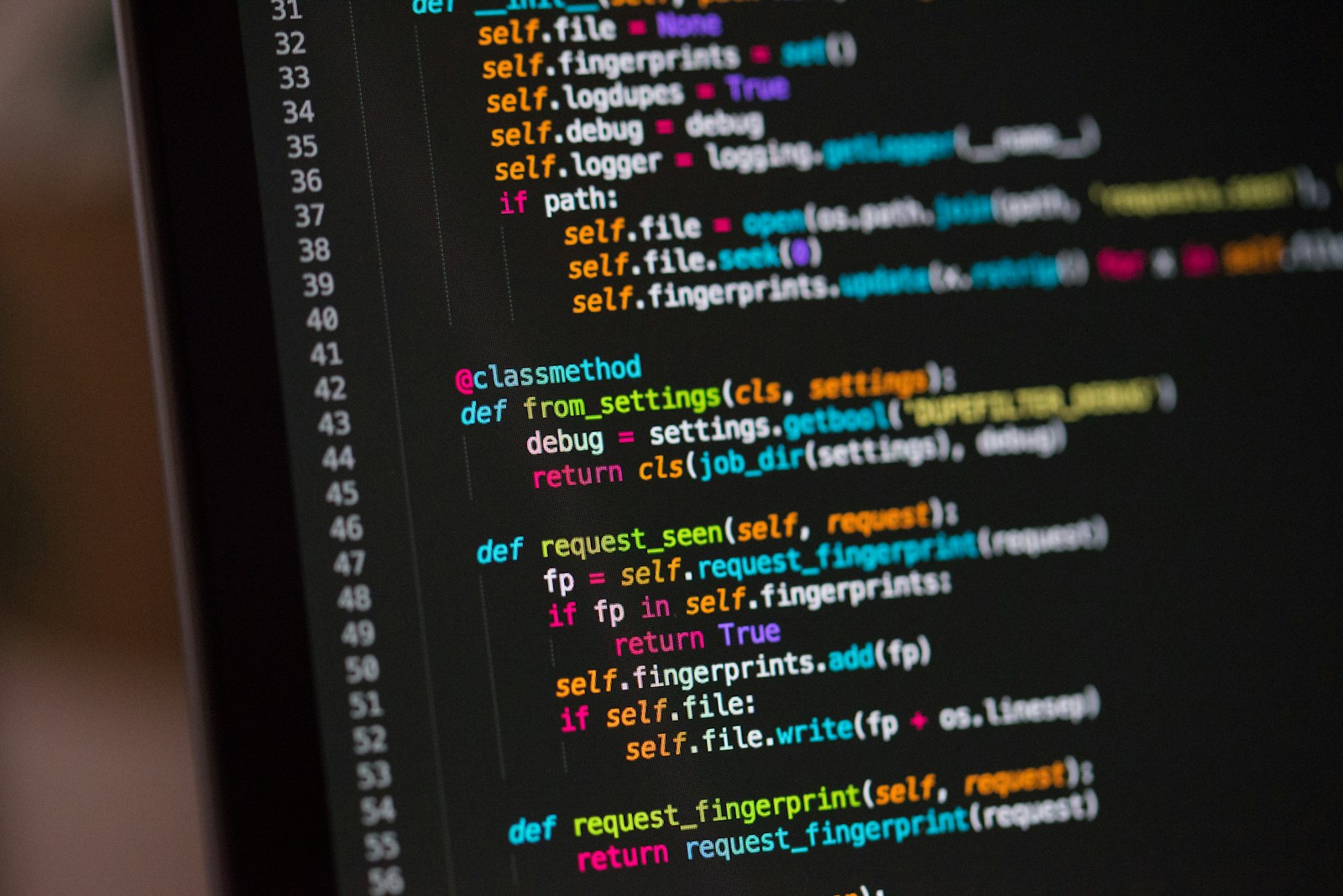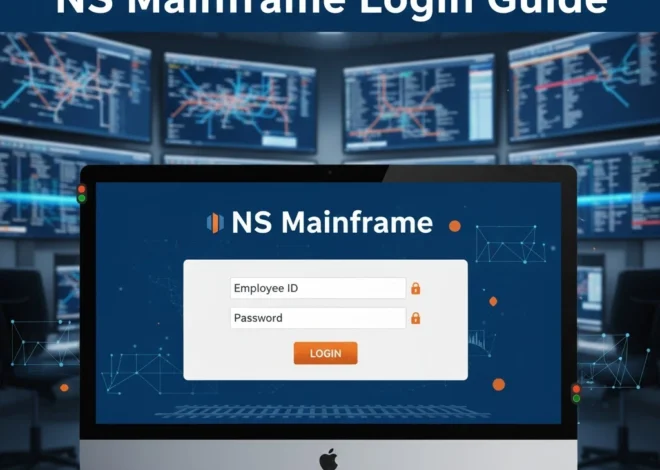
What is content://cz.mobilesoft.appblock.fileprovider/cache/blank.html
I understand. You’re scrolling through your Android device, maybe checking some logs or browser history, and suddenly this weird, cryptic link pops up: content://cz.mobilesoft.appblock.fileprovider/cache/blank.html. What immediately came to conversational mind? What in the world is this, and what should I be worried about?”
Don’t worry, you are not the first person to have panicked about this. I have read too many posts on forums and messages that people are sure that they have contracted some harmful malware that is out there on their phones. But the fact is, the truth is! That scary-looking content://cz.mobilesoft.appblock.fileprovider/cache/blank.html isn’t actually scary at all.
The scenario is as follows your Android AppBlock app is doing its required functions without any deviances The productivity job application you downloaded Android-based to stay focused now? That’s it! Your phone makes this weird sequence as it tries to help you reach your intended levels of productivity.
Let us get into details to work out these complexities collectively. At the end of our work, you will have complete knowledge of this Android content URI case and will see whether this is the issue that should bother you. Spoiler alert: you will not.
What Exactly Is content://cz.mobilesoft.appblock.fileprovider/cache/blank.html?
Okay, so here is how we are going to break down this stuff without going too technical. That long, intimidating string content://cz.mobilesoft.appblock.fileprovider/cache/blank.html is what developers call an Android content URI. Its terminology may be fancy but it simply means the manner in which your phone refers to a certain file.
Think about this example: your home has a distinct address so that the delivery person knows where to give your packages. This Android content URI operates in exactly the same way as it tells your phone where a file is so there is no need to feed it your residential address to a mailman. Here, it is referring to nothing. The file is an html file in the cache folder of your application in the MobileSoft AppBlock.
The following is how this Android content URI works:
http://-like – This is similar to the http:// part in a website URL, on the Android side of the files
cm.mobilesoft.appblock is the name of the file owner i.e. AppBlock app
This indicates that the application utilizes Android FileProvider Android system (more on that later)
This refers to the temporary storage area of the app
This is the actual cached HTML file we are talking about
The entire system is aimed to give you a sound Android security, which does not affect app-to-app file sharing. Pretty smart, actually.
Why is Your AppBlock App Creating This Content URI?
That is where it becomes interesting Your focus app Android uses this content://cz.mobilesoft.appblock.fileprovider/cache/blank.html for a really smart reason. You want to stay focused and the AppBlock app has blocked a distracting site or application, yet it does not just shove an ugly error message upon you. Rather, it seamlessly redirects to this blank.html to bring a clean and serene experience.
Here is a picture of what is going on:
Proactive Blocking Before you even have time to connect to the blocked site, your web blocker program interjects and delivers this alternative HTML to you instead. It feels like having an industry bouncer that is very polite and shoves you into a side room instead of just slapping the door shut.
Ensuring Smooth continuity This technique of app blocking programs will prevent obstructing distracting confusing error pages which destroy your focus A clean blank page is displayed without awkward browser anomalies and annoying popup advertisements The design features bear an extraordinary degree of consideration.
The application AppBlock can take advantage of a temporary cached file to serve up content is quick and without using up the memory resources of your phone or its processing power. Your phone does not slow down and you can also stay focused.
Want to buid Storng position on google? Visit Techymage SEO Services.
Learning about the FileProvider Architecture inadequacy of Android
The Android FileProvider aspect of this formula is, in fact, interesting in security terms. Google decided to create this system due to the fact that, the previous system of sharing files among apps was not very secure.
The history of FileProvider (How It Really Works) Back in the old times, Android applications could access files by file path which has approximately the same degree of security as opening your front door wide open. Nowadays, such special content scheme Android URLs, which provide controlled and safe access to files, are provided by apps such as the AppBlock app through the FileProvider Android system.
Why This Is Relevant to Security This system practically creates a safe channel to get at files. Other applications are not allowed to access files in your app cache at will through the content provider-enforced Android system permissions. It is kind of ensuring a security guard checks ID badges before one gets access into your building.
Temporary, Access Only Access to files under this URI scheme is usually a temporary file that will be automatically purged. The OS of your phone manages the safety of this app cache directory and will erase obsolete files when it is needed that space must be freed. You do not have to do manual house cleaning.
Is content://cz.mobilesoft.appblock.fileprovider/cache/blank.html Safe?
Okay, this is the question that brought all of you here after all. You get this strange technical jargon and think your phone is hacked. Yeah I can understand why you would be wary of that, foreign tech stuff can be daunting.
But here’s the reassuring truth: this content://cz.mobilesoft.appblock.fileprovider/cache/blank.html is completely safe when it’s coming from the legitimate MobileSoft AppBlock application.
Safety Evaluation Guide
| Check This | Safe Signs | Warning Signs |
| App Source | Downloaded from Google Play Store | Downloaded from unknown websites |
| App Reviews | Good ratings, regular updates | Poor reviews, no updates |
| URI Frequency | Only appears during blocking | Shows up constantly |
| Security Scan | Android security scanner is quiet | Malware detection alerts |
| App Permissions | Only necessary Android app permissions | Excessive permissions requested |
Green Flags (You’re All Good)
- The URI is only visible when you are using the app blocking features
- You downloaded the app from the Google Play Store
- The app has solid reviews, and you see updates from the developers
- Your device security scanner isn’t freaking out about it
Red Flags (Time to Investigate)
- You see similar URIs, but you do not actually have AppBlock installed
- You downloaded the app from some sketchy third-party site
- Your malware detection software is throwing up warning flags
- The URI continues to show up when you are not using blocking features
Your Privacy Remains Intact
Your Android privacy is secure, as this cached HTML file remains locked inside the app’s sandbox. No other apps can access it without permission, nor does it contain any of your personal information.
When You Might See This URI More Often
There are a few scenarios where you might bump into content://cz.mobilesoft.appblock.fileprovider/cache/blank.html more frequently, and they’re all pretty normal:
Common Scenarios
| Situation | Why It Happens | Is This Normal? |
| Heavy Blocking Usage | You’ve blocked lots of sites with your digital distraction blocker | ✅ Completely normal |
| App Development | Working with WebView Android components shows various content scheme Android URIs | ✅ Expected behavior |
| System Logging | Android logs file path Android reporting automatically | ✅ Standard procedure |
| First-Time Setup | AppBlock app is creating initial temporary cached files | ✅ Part of installation |
| After Updates | App refreshes its app cache directory | ✅ Normal maintenance |
Frequent Blocking Usage If you have gone all-in, and completely blocked tons of stuff (websites and apps), you will naturally see this placeholder token HTML much more often. It is just the app being very effective at blocking.
Development or Testing Stuff If you happen to be a developer who is working on apps that use WebView android components, you may see different content scheme Android URIs in your debug logs for a similar reason. Again, that’s acceptable.
System Logs and Analytics You may also see this URI once in a while in system logs or when applications are providing usage analytics. Again, nothing to worry about, just typical file path reporting from Android.
Troubleshooting Common Issues
Problem: Seeing the URI Way Too Much If content://cz.mobilesoft.appblock.fileprovider/cache/blank.html is showing up constantly and driving you nuts:
- Check Your Block Lists – Open your AppBlock app settings and see what you’ve actually blocked. You might’ve gotten a bit too aggressive.
- Adjust Your Timing – Maybe your blocking schedules are too strict for your actual needs.
- Update Everything – Make sure you’re running the latest version from the Google Play Store.
- Clear That Cache – Go to your phone’s settings and clear the app cache directory for AppBlock.
Problem: Still Worried About Security If you’re still feeling uneasy about Android security:
- Double-Check the Source – Verify your productivity app Android actually came from the official store.
- Run a Quick Scan – Fire up your favorite virus scan Android tool and check for issues.
- Review Permissions – Take a look at what Android app permissions AppBlock actually has access to.
- Watch the Behavior – Keep an eye on whether the URI appears when you’re not actively using blocking features.
Problem: Performance Getting Sluggish If your focus app Android seems to be slowing things down:
- Clear Out Temporary Files – Clean up those old temporary cached files.
- Restart the App – Sometimes your website blocking app just needs a fresh start.
- Check Your Storage – Make sure your device has enough space for the scoped storage Android system to work properly.
The Technical Side: How Content URIs Keep You Safe
For those of you who want to dig a little deeper, the Android content URI system is actually a pretty elegant solution to several security challenges that used to plague Android devices.
URI Component Breakdown
Let me show you exactly what each part of content://cz.mobilesoft.appblock.fileprovider/cache/blank.html actually means:
| Component | What It Does | Why It Matters |
| content:// | Acts like “https://” but for internal files | Tells Android this is a secure internal resource |
| cz.mobilesoft.appblock | Identifies the AppBlock app as the owner | Ensures only the right app can control this file |
| .fileprovider | Uses Android’s secure sharing system | Prevents direct file access from other apps |
| /cache/ | Points to temporary storage area | Files here get cleaned up automatically |
| blank.html | The actual cached HTML file | A simple placeholder for blocked content |
Scoped Storage Protection Recent versions of Android have introduced scoped storage Android that limits an app’s access to files that aren’t intended for it. Within this framework, the FileProvider Android system, supports secure file sharing without giving up security.
Permission-Based Access When an app needs to share a file using a content provider Android, it can grant temporary permissions without revealing the actual file path Android. This way, it prevents unauthorized snooping and makes sure you have Android privacy.
Sandboxing Benefits Each app lives in its own protected app sandbox, and files like content://cz.mobilesoft.appblock.fileprovider/cache/blank.html stay within that sandbox unless explicitly shared through proper channels.
Read our new general articles on the blog page.
Best Practices for Android Users
Keep Your Apps Updated Always download your app blocking software and other productivity app Android tools from the Google Play Store. This ensures you get security updates and legitimate software, not some sketchy knockoff.
Security Maintenance Checklist
| Task | How Often | Why It Matters |
| Update Apps | Weekly | Get latest Android security patches |
| Check Permissions | Monthly | Ensure apps only access what they need |
| Run Security Scan | Bi-weekly | Malware detection and cleanup |
| Clear Cache | As needed | Free up space in app cache directory |
| Review Installed Apps | Monthly | Remove unused productivity app Android tools |
Check App Permissions from time to time, check what permissions your Android apps have. This is especially true for the AppBlock app you just downloaded or any other app. No app should have access to more than it needs to get the task done.
Use a Trusted Security Tool You should always have a trusted malware detection app installed on your phone and occasionally perform virus scan Android security checks. This is how your mobile device has some semblance of a security system in place.
Know What You Install Read reviews, search online and figure out what the app really does with your data before you download a digital distraction blocker or focus app Android. A little research can go a long way.
Alternative Solutions and Comparisons
If you’re exploring all of the different ways to control screen time and support digital wellness, you’re likely seeing different options, including:
Built-in Android Features Many modern Android devices now include built-in screen time control features, which may be sufficient for your purposes without the need for third-party app blocking software. The simplest answer is often right in front of us in the settings menu.
Other Productivity Apps There are many hundreds of productivity app options on Android, and each has its own way of helping you concentrate. What works for your friend may not work for you, which is perfectly fine.
Parental Control Possibly, for family use, purpose-built parental controls may be more suitable for your purposes than general purpose blocking apps. Different tools for different purposes.
Frequently Asked Questions
Does content://cz.mobilesoft.appblock.fileprovider/cache/blank.html have a virus? Nope, it is not a virus when it is the real AppBlock app sending this Android content URI. It is simply the nature of the Android FileProvider system to show blocked content off safely.
Is it necessary that I delete this file? You need not. These temporary cached files will be automatically deleted by Android. In case you wish to clear them then you can utilize the cache clearing option which is in-built in your phone.
This URI is what? Why is it in my browser history? Your blocked sites app redirects the sites blocked to this blank.html file and the browser will treat it as a page visit. This is what the redirect feature does with blocked content.
Is this URI privacy-related? Not in the least – your android privacy is not compromised. This HTML file cached can only be accessed by the app sandbox and contains no personal data anyway.
Do I have to worry about other similar URIs by other apps? Generally, any other legitimate app with a similar content scheme Android URI will not pose a problem, provided the legitimate app was installed via a legitimate channel (such as the Google Play Store).
Taking Action: What You Should Do Next
Now that you understand what content://cz.mobilesoft.appblock.fileprovider/cache/blank.html really means, here’s what I’d recommend doing:
For Peace of Mind
- Double-Check Your Installation – Make sure your AppBlock app came from the Google Play Store
- Browse Recent Reviews – Look at what other users are saying about the app recently
- Keep Everything Updated – Maintain current versions of your productivity app Android and Android system
For Better Performance
- Fine-Tune Your Settings – Adjust your digital distraction blocker settings to match your actual usage patterns
- Regular Maintenance – Clear your app cache directory periodically to keep things running smoothly
- Monitor Your Usage – Pay attention to how often you see the URI and whether it’s getting in the way of legitimate activities
For Enhanced Security
- Review Those Permissions – Check what Android app permissions your apps actually have
- Use Quality Security Software – Keep reliable malware detection tools active
- Stay Informed – Learn about Android security best practices as they evolve
Wrapping This Up: You’re in Good Hands
Understanding content://cz.mobilesoft.appblock.fileprovider/cache/blank.html doesn’t have to be complicated or scary. This Android content URI is simply your AppBlock app doing exactly what you asked it to do – helping you stay focused by elegantly handling blocked content through Android’s secure FileProvider Android system.
The bottom line here is this: When this URI is generated from a legitimate focus app Android which you installed from the Google Play Store, it’s a feature that works as intended, not some rogue mysterious threat that is waiting on your device.
Remember that the best productivity app Android solutions run silently in the background, and that’s just what is happening here. Your digital distraction blocker is using advanced secure file access rights to help you stay on track to achieve your goals and wants to help you do so while ensuring your Android privacy.
So go ahead, keep using your website blocking app with confidence. When you see URIs like content://cz.mobilesoft.appblock.fileprovider/cache/blank.html, just remember – it’s simply a sign that your screen time control solution is working exactly as designed, keeping you focused and your data secure.



